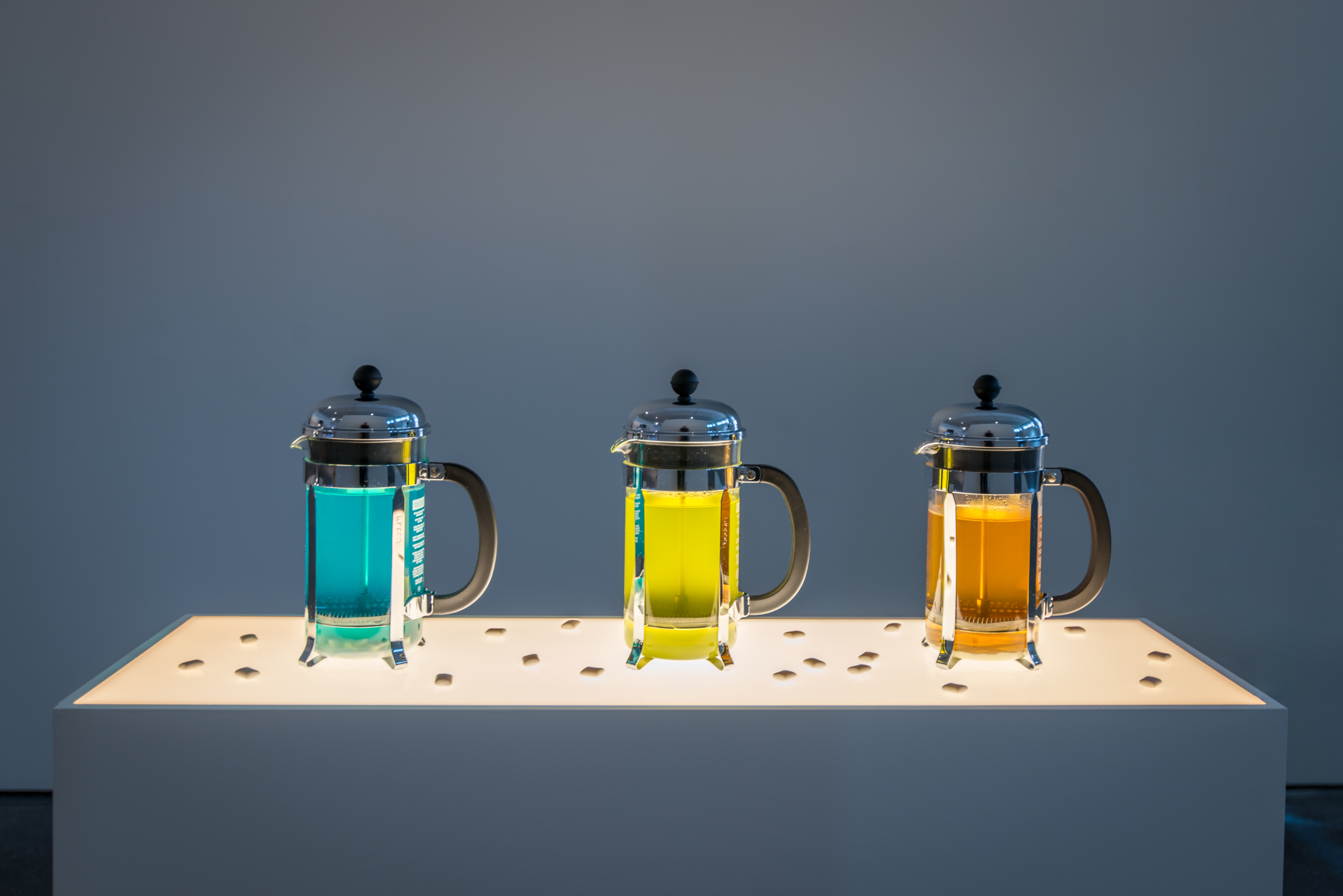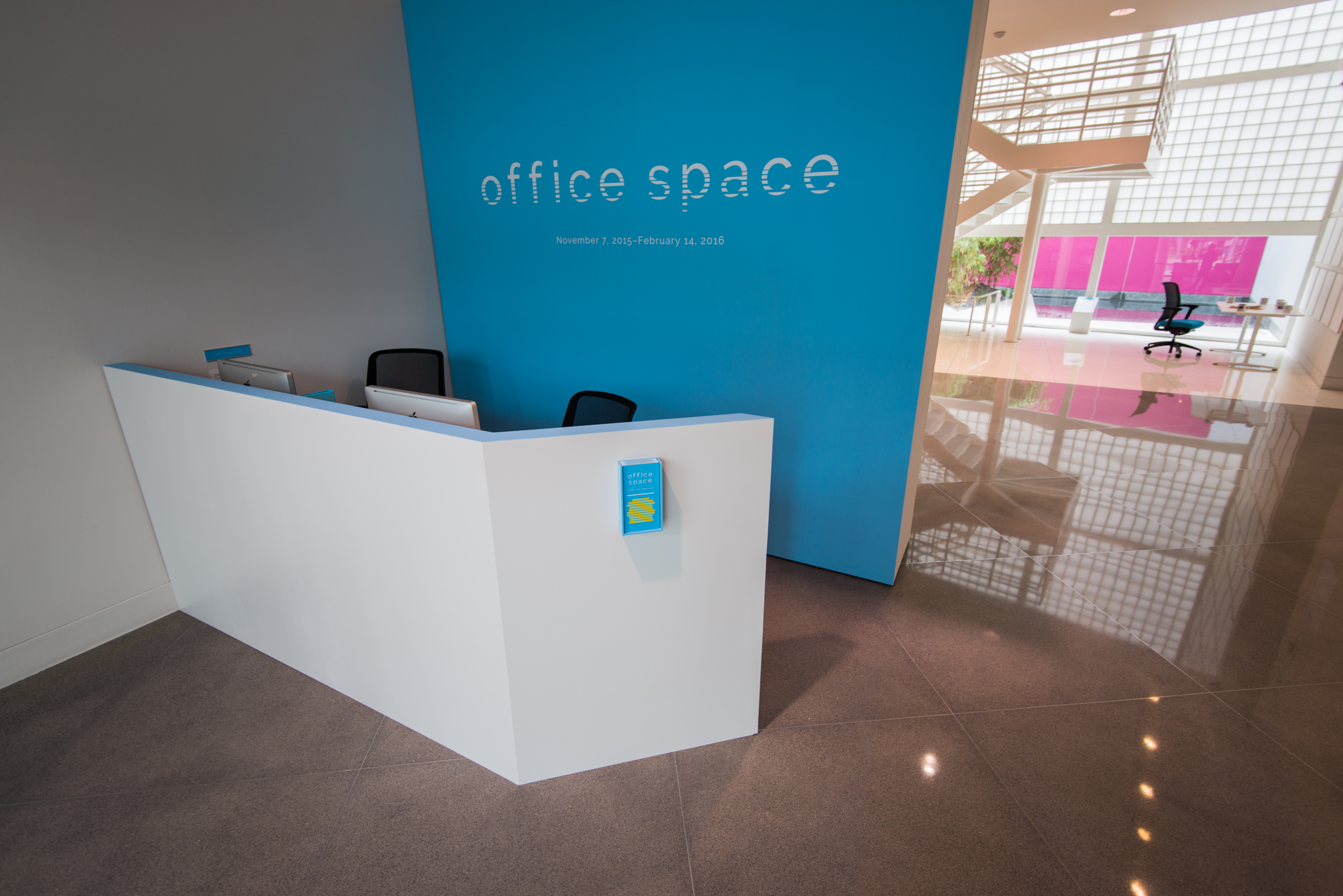
Office Space, installation view, Yerba Buena Center for the Arts, 2015.
Courtesy Yerba Buena Center for the Arts / Charlie Villyard
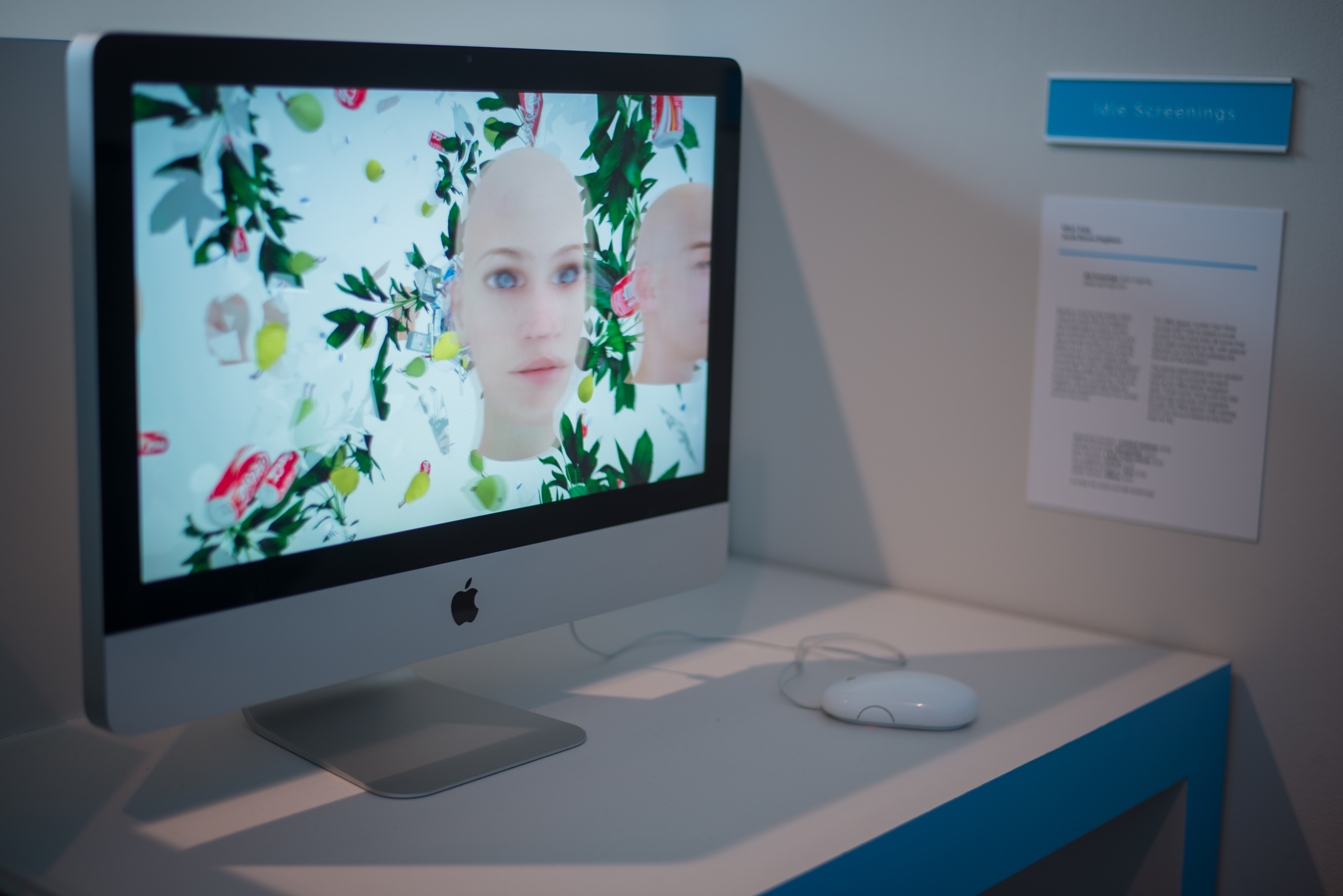
Office Space, installation view of Kim Laughton, Particle, 2013
Courtesy the artist and Idle Screenings
Photo: Charlie Villyard
![Office Space, installation view of Sean Raspet, Folder (A Novel), 2010; 2Registration::(Untz'tled (Police Incident (8[e.)) 7], ((((2007-2012) 2007-2011. ') ') 2012) 2014) 2015, 2015; and OBSCENITY TRIAL, 2010.
Courtesy the artist and Jessica Silverman Gallery, San Francisco
Photo: Charlie Villyard](https://cecimoss.com/wp-content/uploads/2015/12/OfficeSpace-33.jpg)
Office Space, installation view of Sean Raspet, Folder (A Novel), 2010; 2Registration::(Untz’tled (Police Incident (8[e.)) 7], ((((2007-2012) 2007-2011. ‘) ‘) 2012) 2014) 2015, 2015; and OBSCENITY TRIAL, 2010.
Courtesy the artist and Jessica Silverman Gallery, San Francisco
Photo: Charlie Villyard
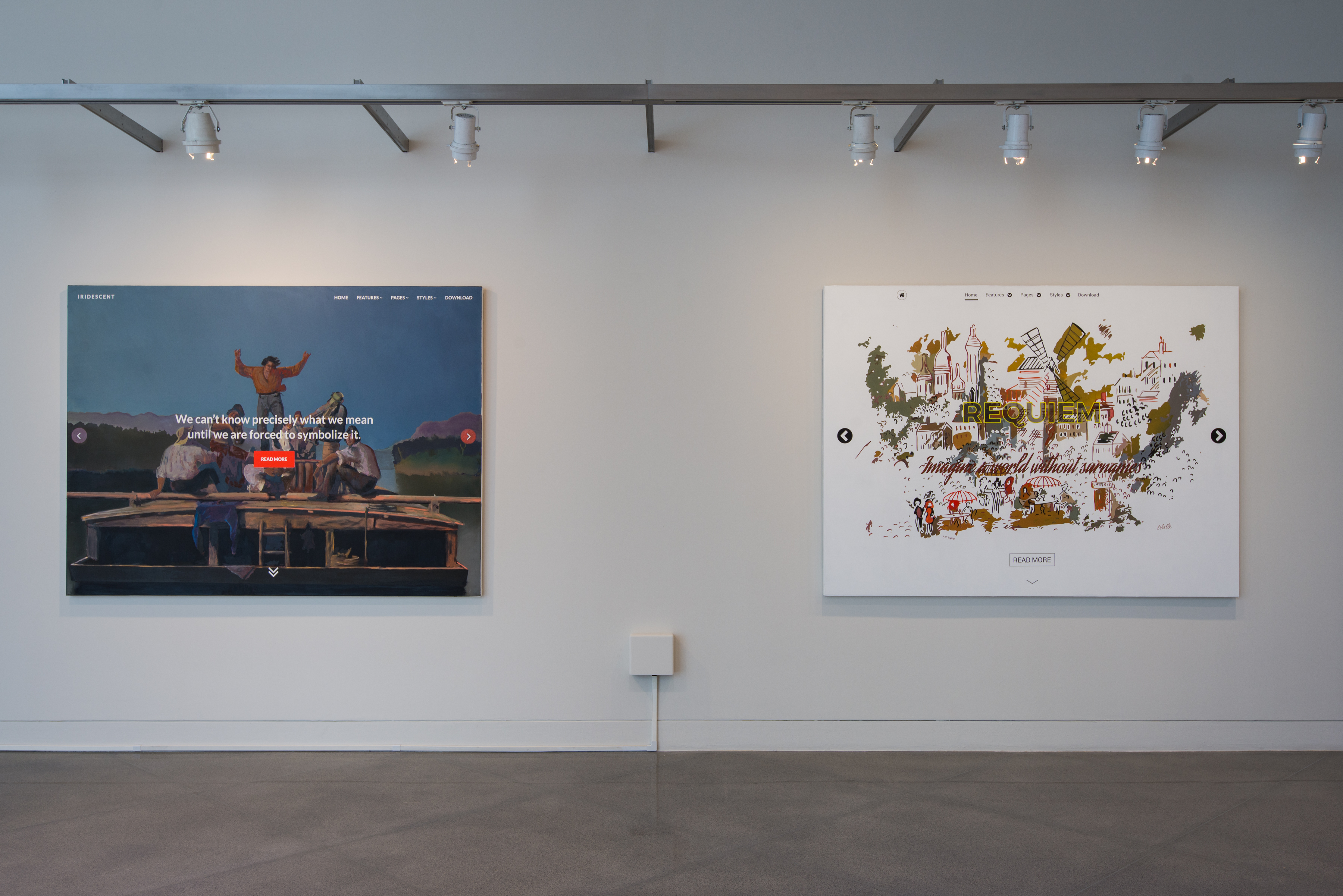
Office Space, installation view of Joel Holmberg, The Big Text Field in the Sky, 2015 and Requiem, 2015
Courtesy the artist
Commissioned by Yerba Buena Center for the Arts
Photo: Charlie Villyard

Office Space, installation view of Mika Tajima, A Facility Based on Change III, 2010
Courtesy the artist and Eleven Rivington, New York
Photo: Charlie Villyard
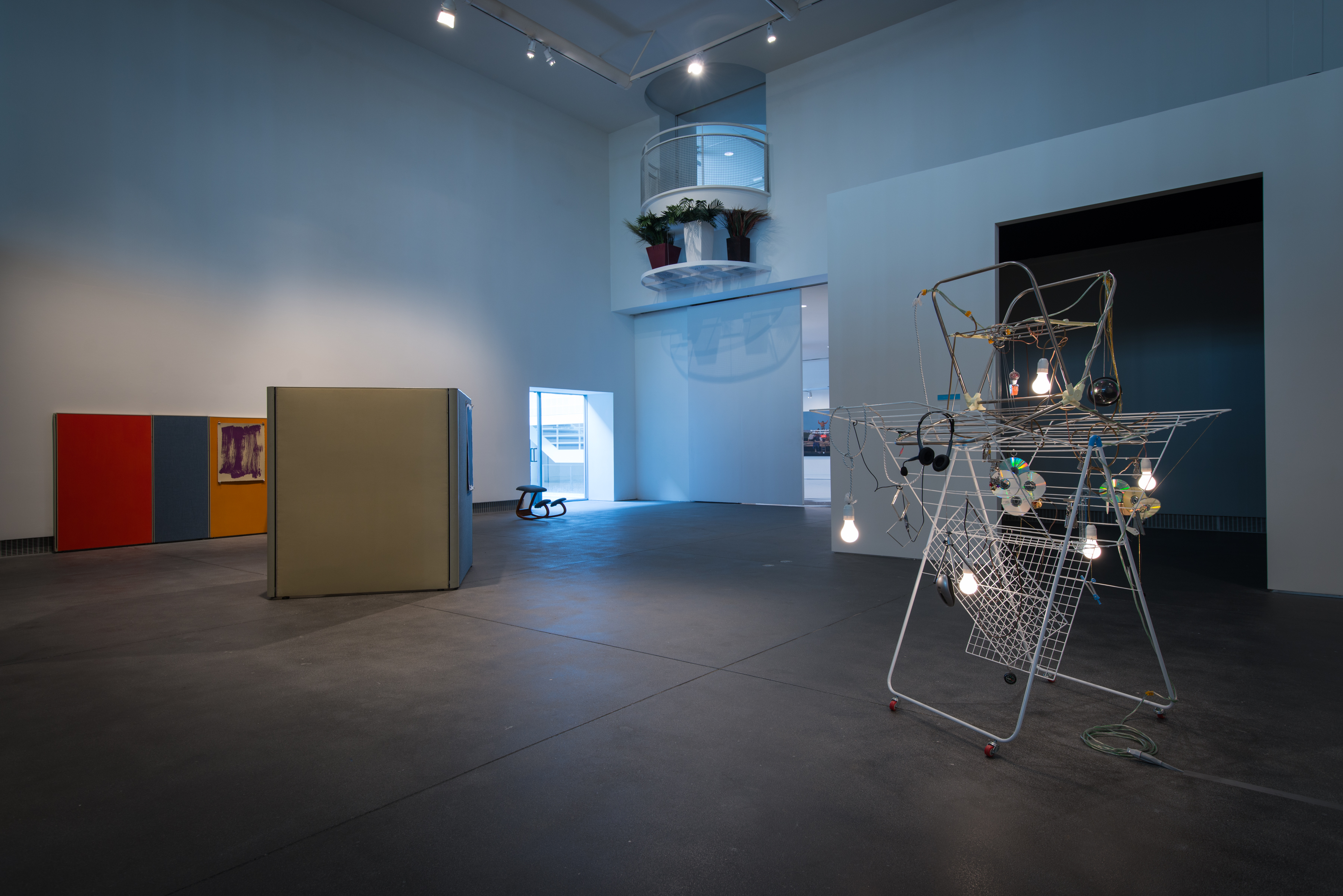
Office Space, installation view, Yerba Buena Center for the Arts, 2015. Courtesy Yerba Buena Center for the Arts / Charlie Villyard

Office Space, installation view, Yerba Buena Center for the Arts, 2015. Courtesy Yerba Buena Center for the Arts / Charlie Villyard
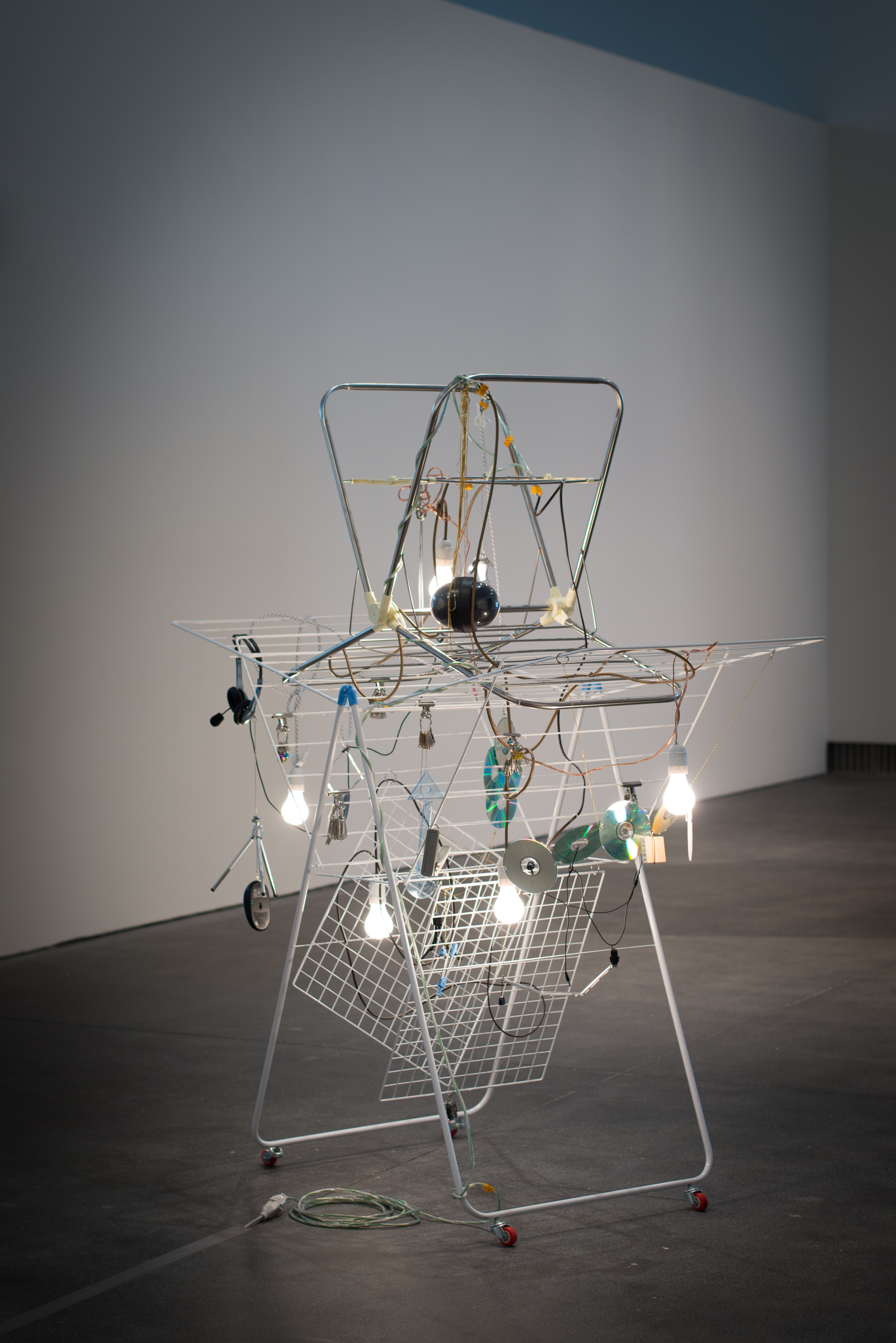
Office Space, installation view of Haegue Yang, Office Voodoo, 2010
Courtesy Kadist Art Foundation and the artist
Photo: Charlie Villyard
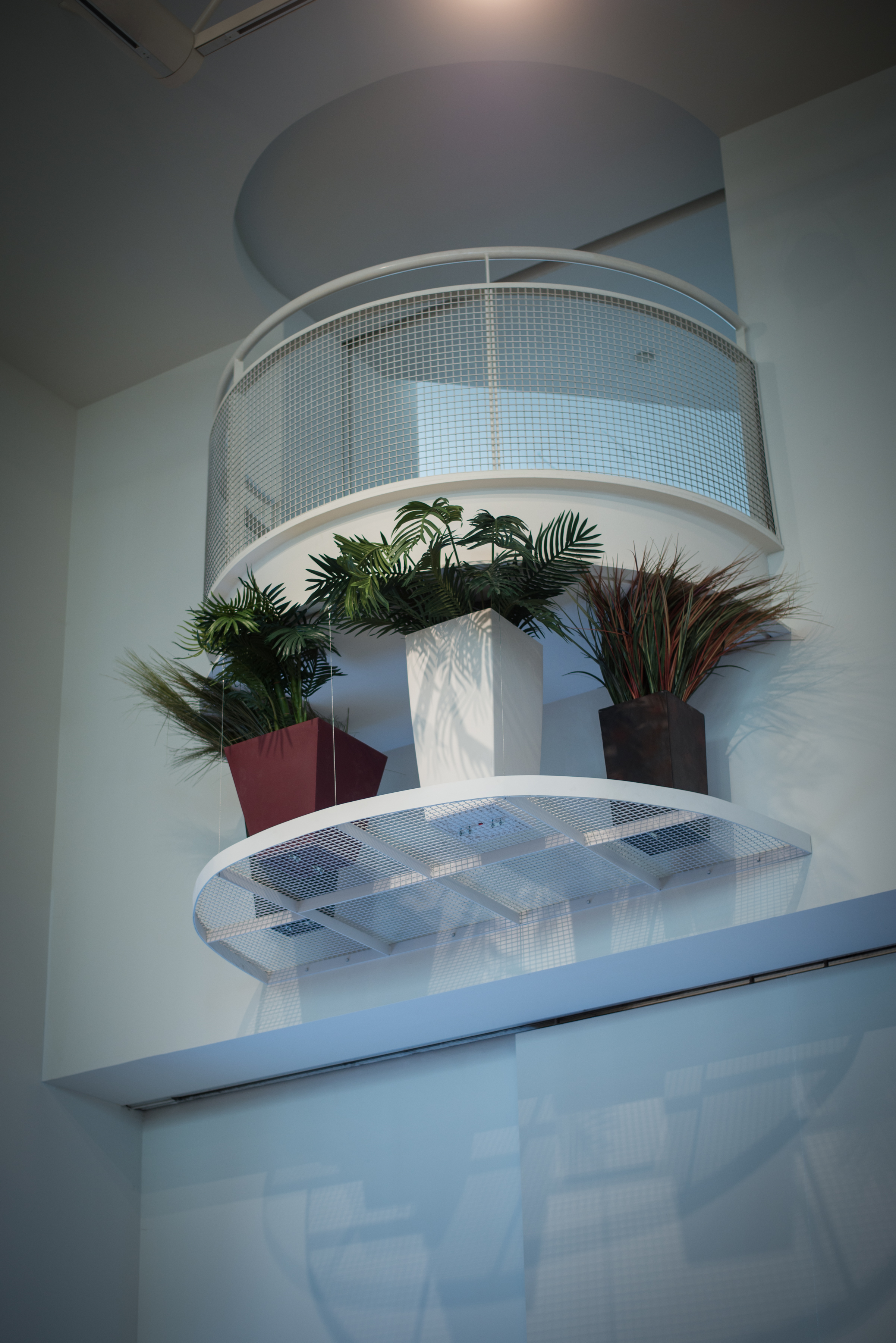
Office Space, installation view of Mark Benson, Open Fields, 2015
Courtesy Ever Gold Gallery, San Francisco
Commissioned by Yerba Buena Center for the Arts
Photo: Charlie Villyard
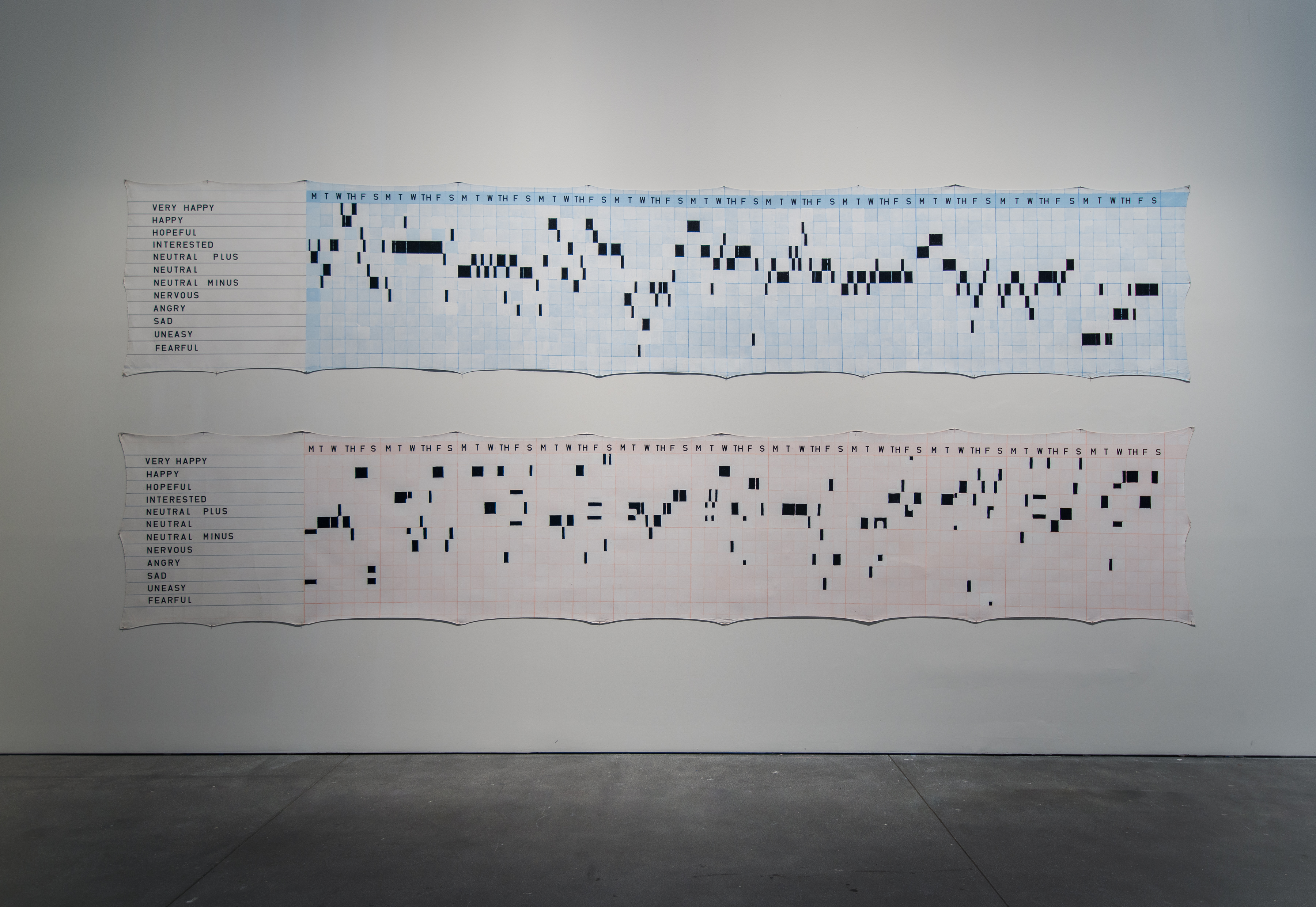
Office Space, installation view of KP Brehmer Seele und Gefühl eines Arbeiters, Whitechapel Version (Soul and Feelings of a Worker, Whitechapel Version), 1978
Courtesy KP Brehmer Estate, Berlin
Photo: Charlie Villyard
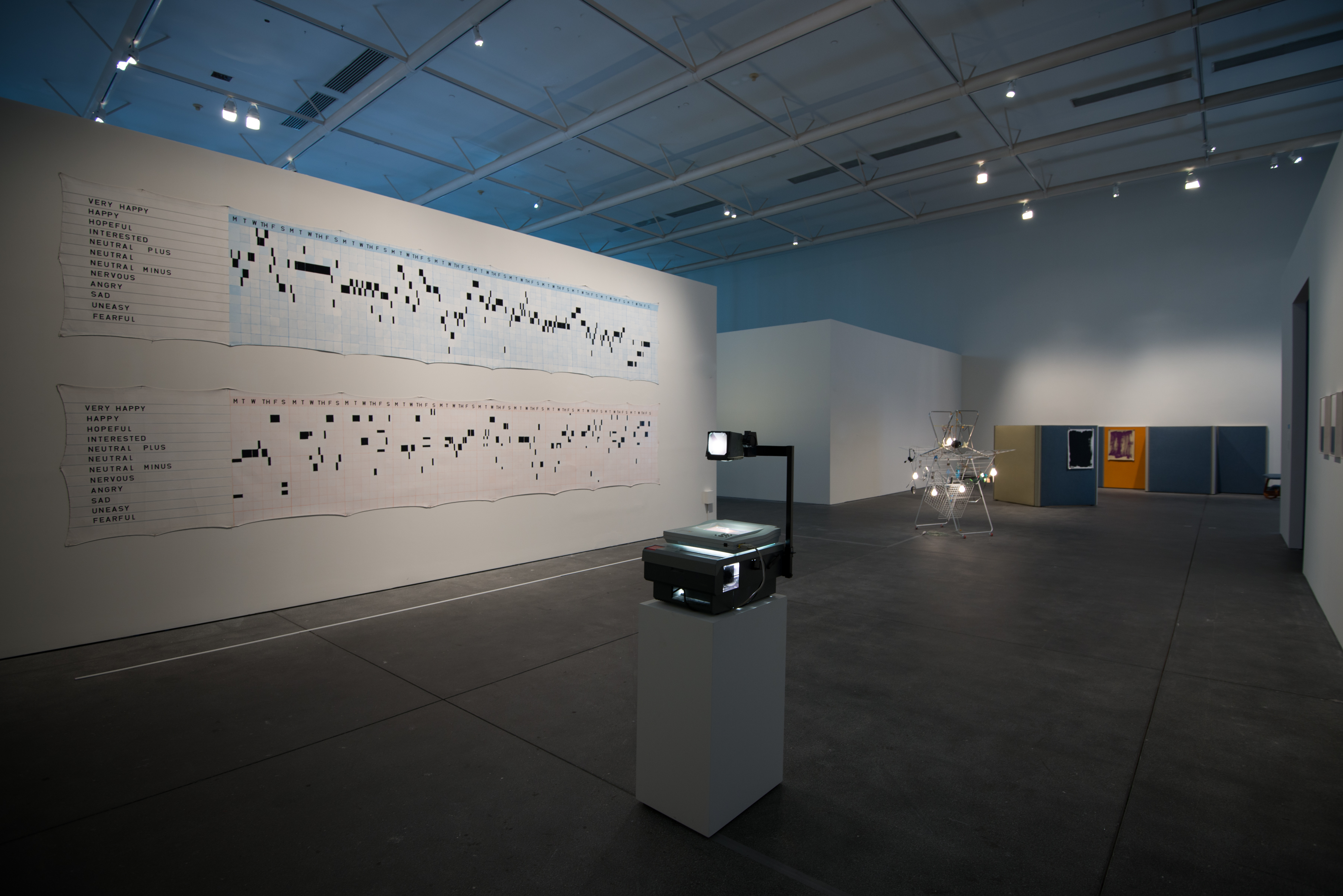
Office Space, installation view, Yerba Buena Center for the Arts, 2015. Courtesy Yerba Buena Center for the Arts / Charlie Villyard
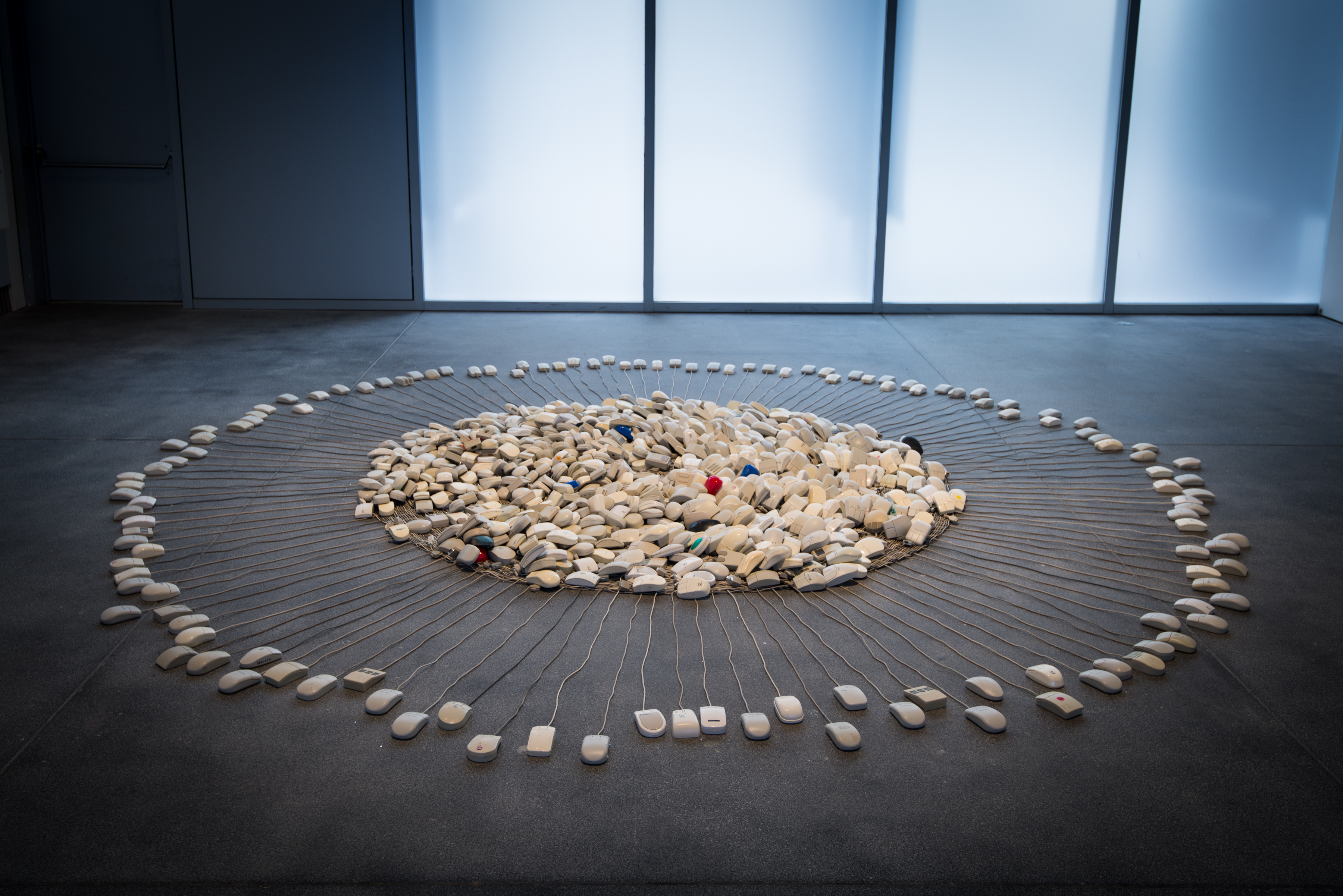
Office Space, installation view of Joseph DeLappe, The Mouse Mandala, 2006-15
Photo: Charlie Villyard

Office Space, installation view, Yerba Buena Center for the Arts, 2015. Courtesy Yerba Buena Center for the Arts / Charlie Villyard
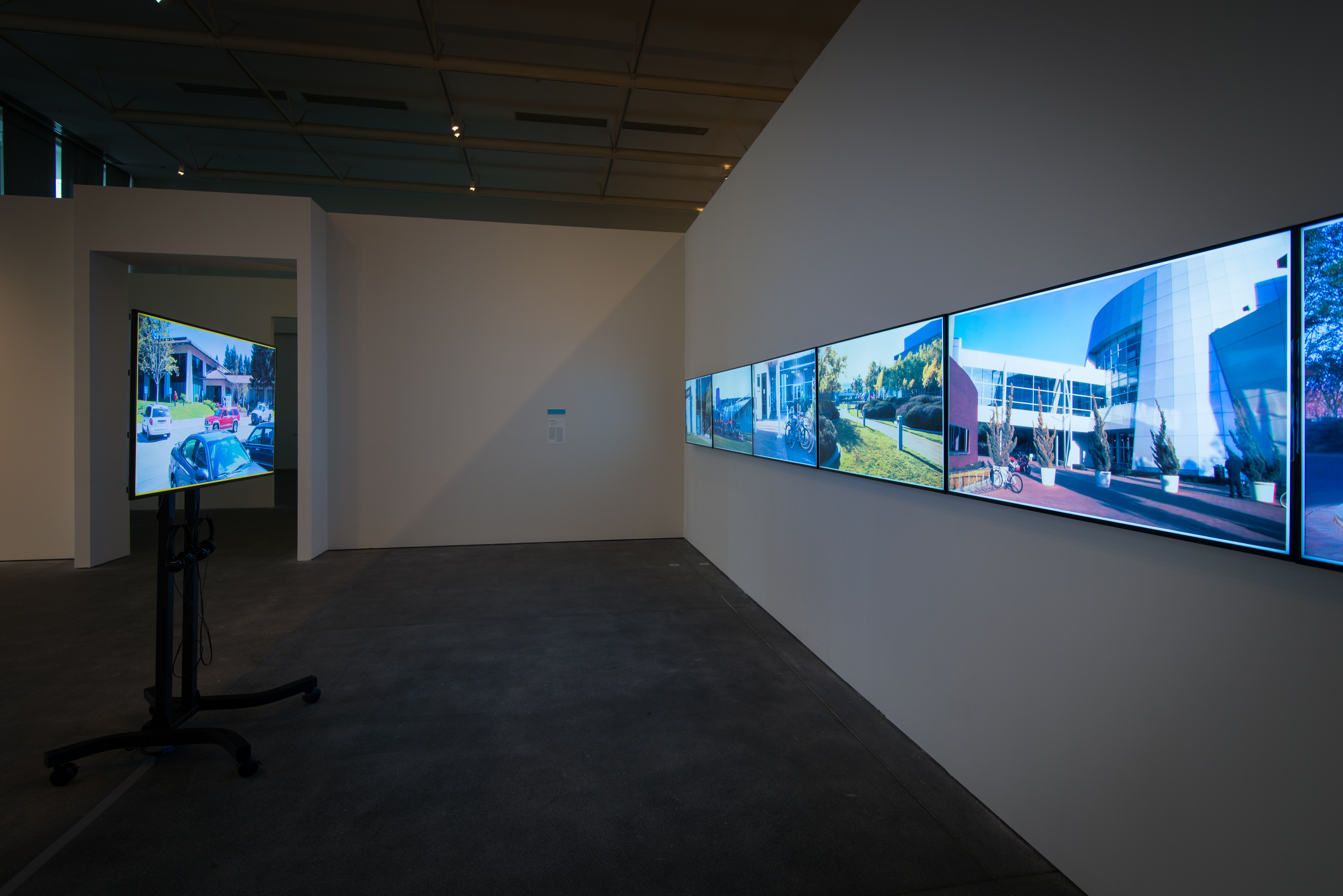
Office Space, installation view of Andrew Norman Wilson, Workers Leaving the Googleplex, 2009-11
Courtesy the artist
Photo: Charlie Villyard

Office Space, installation view of Alex Dordoy, The Man in the White Suit V & VI, 2014
Courtesy THE EKARD COLLECTION
Photo: Charlie Villyard
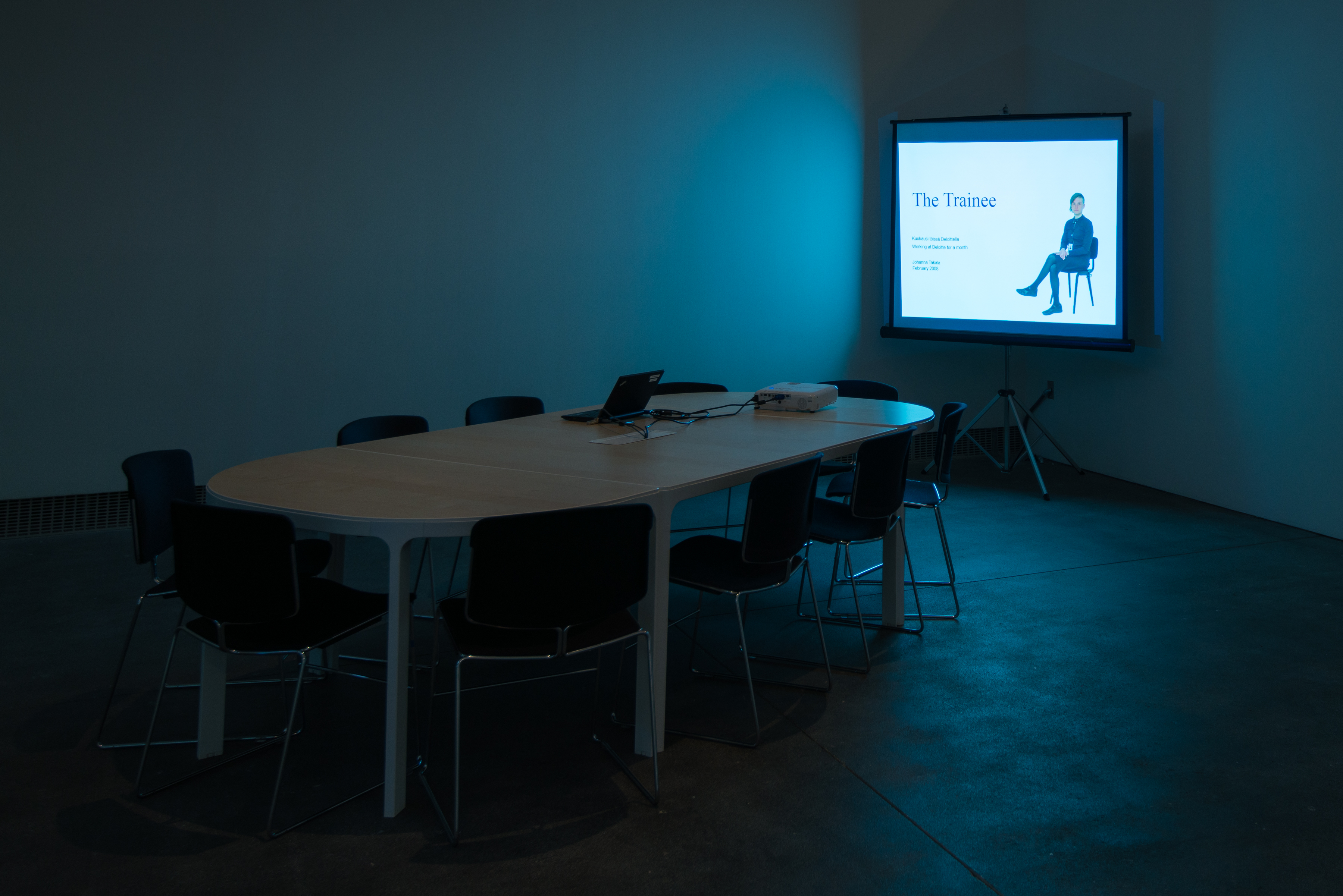
Office Space, installation view of Pilvi Takala, The Trainee, 2008
Courtesy the artist and Carlos/Ishikawa, London
Photo: Charlie Villyard
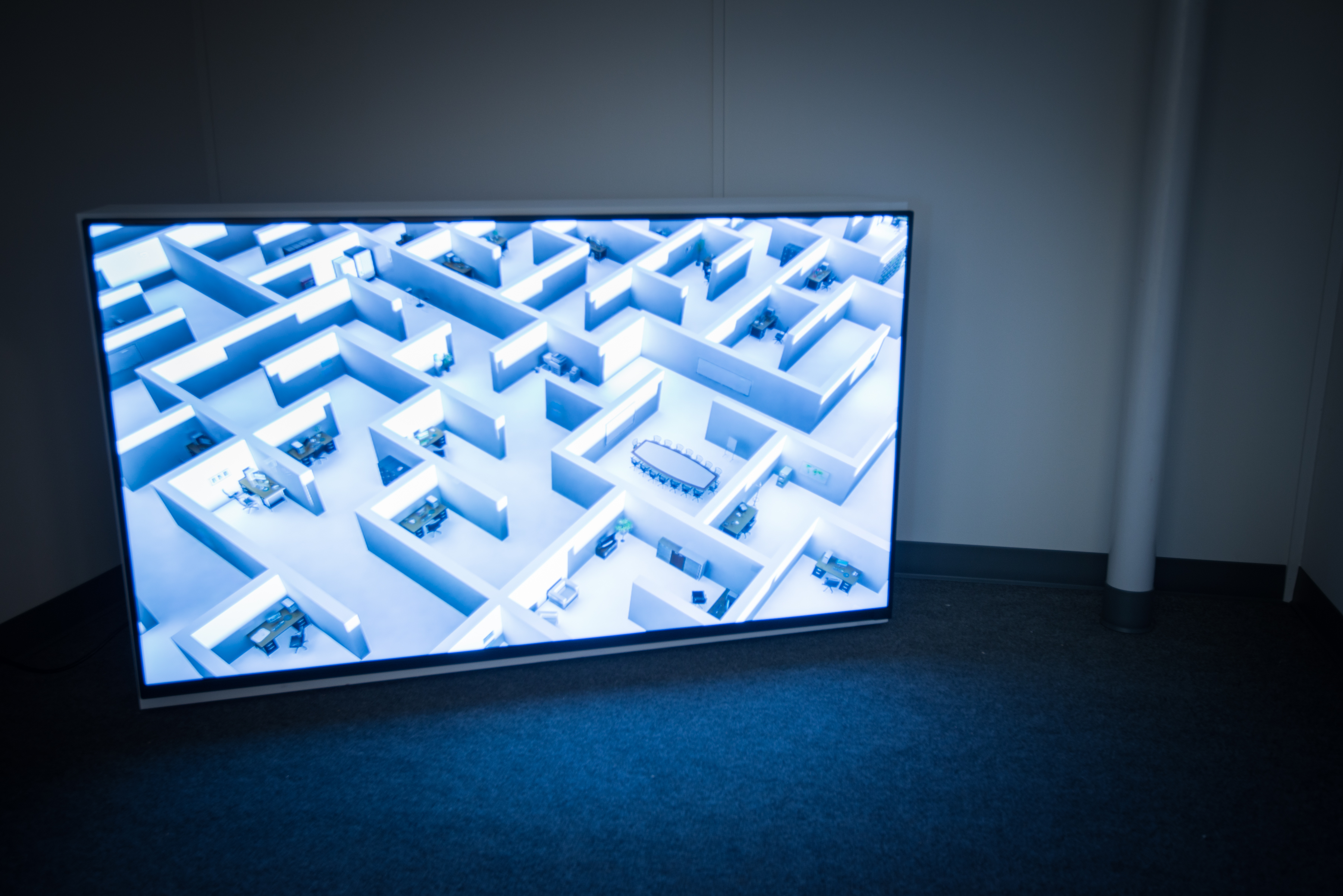
Office Space, installation view of Bea Fremderman, Kafka Office, 2013
Courtesy the artist
Photo: Charlie Villyard
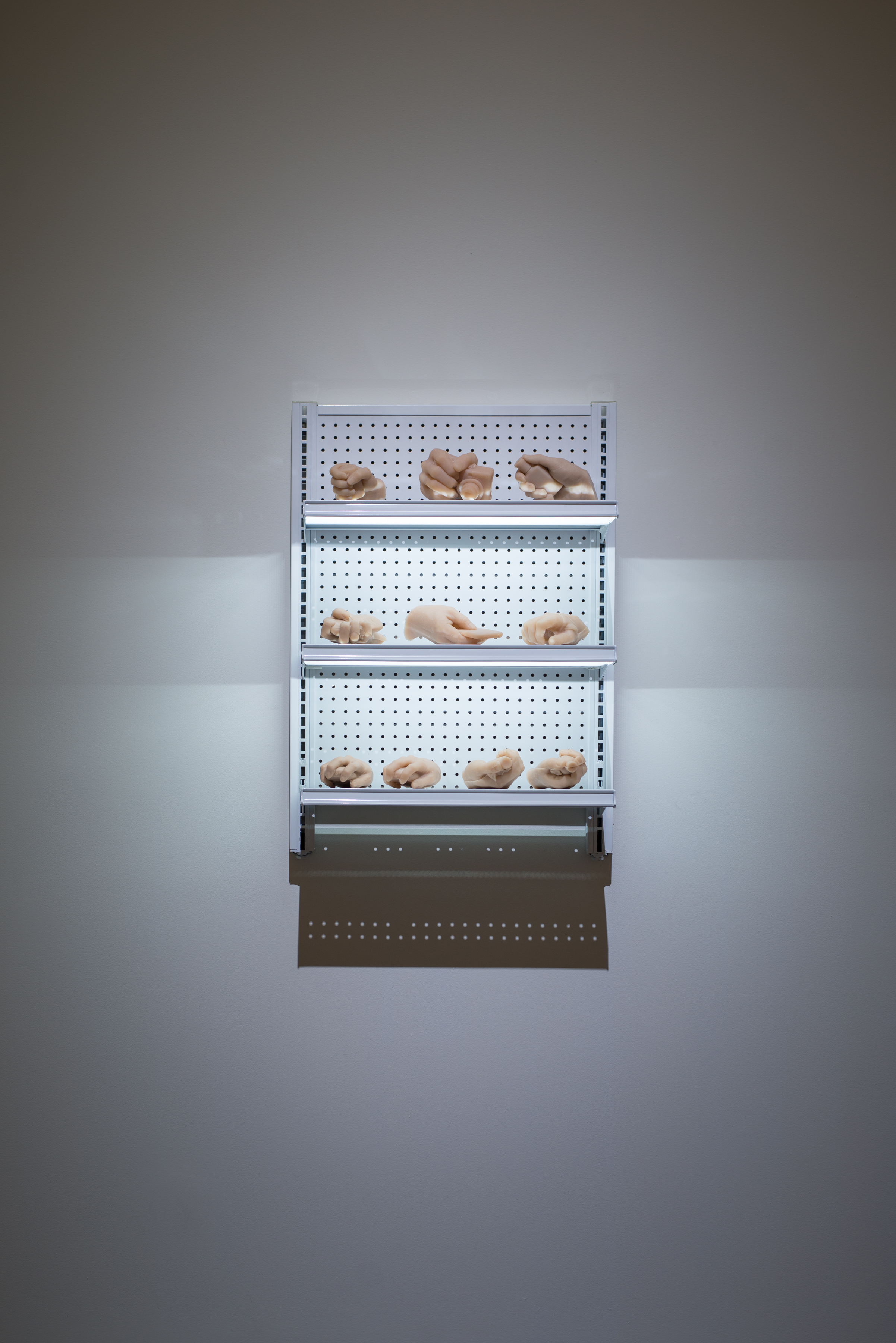
Office Space, installation view of Josh Kline, Creative Hands, 2013
Courtesy the artist and 47 Canal, New York
Photo: Charlie Villyard
Office Space
- VENUE Yerba Buena Center for the Arts
- LOCATION San Francisco, CA
- DATES November 7, 2015-February 14, 2016
- URL ybca.org
- BROCHURE cecimoss.com
- PRESS https://cecimoss.com/wp-content/uploads/2016/03/Office Space_Press_YBCA.pdf
Artists: Cory Arcangel, Mark Benson, KP Brehmer, Joseph DeLappe, Alex Dordoy, Harun Farocki, Bea Fremderman, Idle Screenings (with works by Stephanie Davidson, Jacob Broms Engblom, Manuel Fernandez, Paul Flannery, Kim Laughton, and Jasper Spicero), Joel Holmberg, Josh Kline, Pil and Galia Kollectiv, Julien Prévieux, Laurel Ptak, Sean Raspet, Mika Tajima, Pilvi Takala, Ignacio Uriarte, Andrew Norman Wilson, and Haegue Yang
Description: Office Space cleverly subverts contemporary office culture as a means of exploring labor practices in the 21st century’s post-industrial economy. As offices become mobile, and the nine-to-five becomes a nonstop 24-hour cycle, this exhibition reflects on what the Italian theorist Maurizio Lazzarato has identified as the rise of “immaterial labor” in developed, post-industrial countries. Citing the predominance of a service and information economy, as well as the rapidly dissolving line between pleasure and work among consumers and workers alike, Lazzarato describes “immaterial labor” as all the ways and means by which goods and services acquire their “informational and cultural content.” He argues that this move has radically modified the management and regulation of the workforce.
Through video, sculpture, painting, and installation, the artists in Office Space interrogate universally recognized aspects of office architecture, design, aesthetics, and protocols as a means of understanding the shift toward immaterial labor practices. Numerous approaches toward the re-engineering of work and life are on display, from outright dissent to the status quo, such as the portrayal of a Deloitte intern’s refusal to work in Pilvi Takala’s The Trainee (2008), to humorous hacks, like the continual out-of-office loop in Cory Arcangel’s Permanent Vacation (2008). Across all these works, the office becomes emblematic of the changing terrain for labor and productivity in the 21st century.

